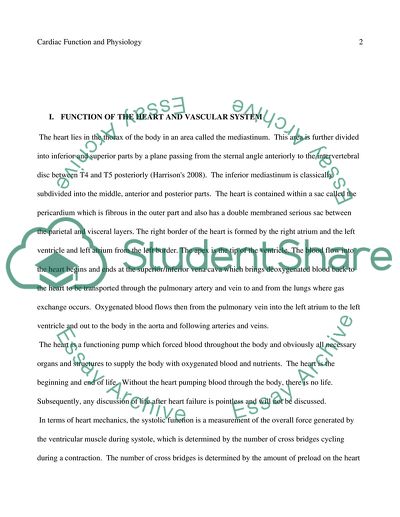Cite this document
(“Cardiac Function And Physiology Research Paper Example | Topics and Well Written Essays - 2500 words”, n.d.)
Cardiac Function And Physiology Research Paper Example | Topics and Well Written Essays - 2500 words. Retrieved from https://studentshare.org/health-sciences-medicine/1581925-cardiac-function-and-physiology
Cardiac Function And Physiology Research Paper Example | Topics and Well Written Essays - 2500 words. Retrieved from https://studentshare.org/health-sciences-medicine/1581925-cardiac-function-and-physiology
(Cardiac Function And Physiology Research Paper Example | Topics and Well Written Essays - 2500 Words)
Cardiac Function And Physiology Research Paper Example | Topics and Well Written Essays - 2500 Words. https://studentshare.org/health-sciences-medicine/1581925-cardiac-function-and-physiology.
Cardiac Function And Physiology Research Paper Example | Topics and Well Written Essays - 2500 Words. https://studentshare.org/health-sciences-medicine/1581925-cardiac-function-and-physiology.
“Cardiac Function And Physiology Research Paper Example | Topics and Well Written Essays - 2500 Words”, n.d. https://studentshare.org/health-sciences-medicine/1581925-cardiac-function-and-physiology.


